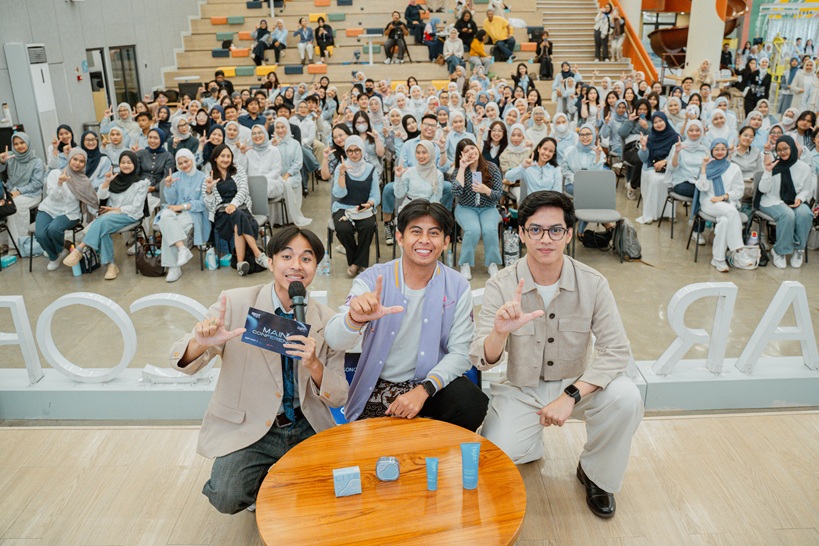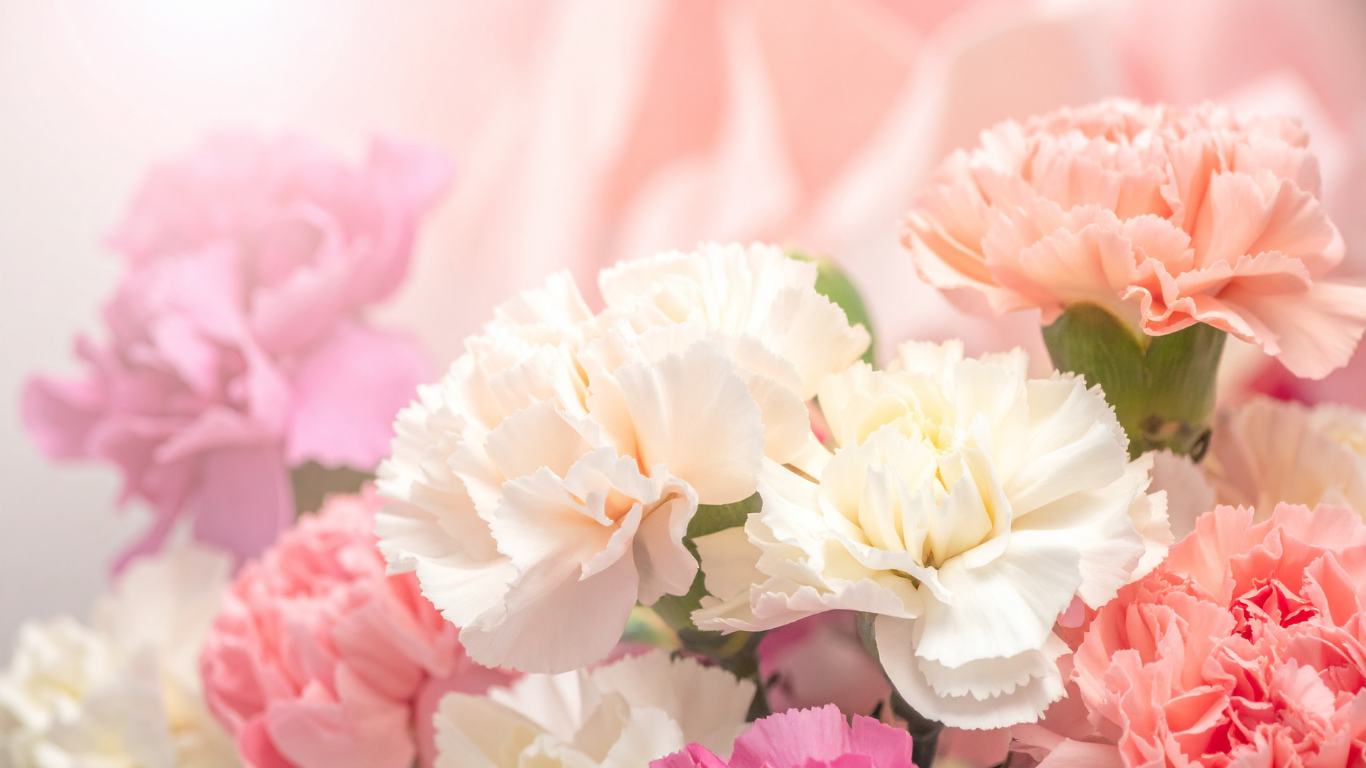Thai Series “Bad Buddy ” Transcends Boys Love Genre

Warning: Spoiler!
Last month the finale of Thai romantic comedy series Bad Buddy was aired after it started in October 2021. The resulting 2 million tweets afterwards made Bad Buddy ranked number one on Worldwide Twitter trending topic and viral in 28 countries. Even a day after the airing of the last episode, Bad Buddy was still trending on Twitter in Movies & TV topic.
No one would have predicted that this series would become so successful with over 150 million views on the official GMMTV channel. In its early episodes, there were little talks on the series on Twitter. However, as the story progressed, coupled with the stunning acting of noted Thai actors Ohm Pawat Chittsawangdee and Nanon Korapat Kirdpan, Bad Buddy began to gain public attention and attract many new fans.
The series has a clichéd soap-opera-like premise: the story of star-crossed lovers Pat (Ohm) and Pran (Nanon), who come from warring, neighboring families who compete for almost everything. A Boys Love (BL) version of Romeo and Juliet. The competition between the two families is supposed to be passed down to their children, until Pat and Pran started to develop an unusual relationship and eventually fell for each other. Despite this clichéd premise, the series has an impressive rating of 9.5 on IMDB and 9.2 on Douban, one of China’s biggest sites, with over 23,000 reviews, and there are good reasons for this.
Baca Juga: Transgender and Gender Diverse Teens: How to Talk to and Support Them
Breaking Old Stereotypes
It is hardly a secret that Boys Love or BL industry is still problematic. As a genre, BL was born from the exclusivity of its own writing and its target market. Mark J McLelland’s, Professor of Gender and Sexuality Studies from Wollongong University, Australia in his research “The Love Between ‘Beautiful Boys’ in Japanese Women’s Comic” (2000), for example explained that this genre emerged as a shoujo subgenre (a genre marketed specifically for women aged 7 – 18 years old) in the early 1970s.

Sumber: Facebook Bad Buddy Series
With cis hetero (someone who is both cisgender and heterosexual) female writers targeting cis hetero women, BL often reinforces heteronormative values. The trope of uke and seme (masculine and feminine characters), for example, is a special feature of this genre that often obscures the experiences and voices of the LGBTQIA group themselves.
But Bad Buddy is remarkably different, and much of it is because it is directed by someone who is part of the LGBTQIA group. As a gay man, Backaof Noppharnach Chaiwimol, who is known popularly as P’Aof, succeeded in presenting a queer love story that is far from the grip of toxic and often misogynistic heteronormativity.
Instead of rehashing the uke and seme trope, P’Aof shows how romantic relationships between men are actually built. The characters, Pat and Pran from the start are not trapped in rigid traditional gender roles. They are beautifully portrayed with their gender fluidity, no one dominating the another. Their equal relationship shows mutual trust and love as the basis.
Though Pran is often referred to as uke by some viewers because of his sweet appearance, he does not fit into this mold as he is often the one who initiates various actions in their relationship. He even confronts Pat for referring to him as his “wife.”
“Does calling me ‘wife’ make you feel superior?” he says.
P’Aof’s shrewdness in writing light and witty dialogues gives space for some social criticism. In one scene, Pa (Pat’s sister), imitating her brother’s deep voice, says that Pat is really heterosexual and Pran is the only man he likes.
Baca Juga: ‘What Did You Eat Yesterday?’ Portrays Realistic Mature Gay Relationship
This scene was wildly received among fans in the Twitter-land. Finally, a BL series hits out at at internalized homophobia, a problem that according to Japanese lesbian activists Akiko Mizoguchi still haunts this genre, resulting in broader dismissal of queerness.
While many romance series glorify toxic relationships, Bad Buddy provides many life lessons for its viewers. It is a story of selfless love that helps two people grow together, learn to respect each other, and create meanings out of the many small moments in their lives. Pat and Pran teach us about how a relationship should be built, about mutual understanding, mutual openness, and mutual respect with communication as the basis of their relationship.
Any conflicts that arise in their relationship can always be resolved by two-way communication without either party prioritizing their egos. They try to understand each other’s flaws. Together they face their struggles, and no one gets left behind. Pat and Pran understand the world will not always be kind to them, and their love and affection cannot change the world they live in today. This healthy dynamic of their relationship is seen from how Pat and Pran stay together despite their family conflicts.
Female Characters in Better Spotlight
In one of his Instagram posts, P’Aof expressed his concern on how women are represented in BL genre to boost their main partner’s feelings, and how they are rarely given proper spotlight. This drove P’Aof to produce a series in which the female characters are proportionally represented and given a well-deserved spotlight. He wanted to encourage conversation among his audiences about female characters whose existence are often silenced.
Baca Juga: Kindness is Sexy: Why ‘Queer Eye’ is the Show Your Soul Needs
Through the characters of Ink (Pat and Pran’s close friend) and Pa (Pat’s sister), P’Aof presents a fresh narrative about love interest between women, a relationship that is rarely explored in this genre. In Bad Buddy, not only do Ink and Pa broke the mold of annoying stereotypical female characters in BL, their sweet scenes also steal the audience’s hearts. They are also willing to lend an ear to Pat and Pran, support and accept them as they are.
Apart from a better representation of its female characters, what makes Bad Buddy loved by many from all over the world is how the complex and sensitive issues, such as generational trauma, are well grounded in engaging scenes and light dialogues. Pat and Pran are victims of their parents’ unfinished inner wounds and trauma and they now have to bear the brunt of it. Pran’s confrontation with his mother on this resonate strongly with the audiences.
Bad Buddy also did a great job in presenting dialogues about the diversity of sexual orientations and the fluidity of sexuality in a simple scene. P’Aof in his personal Instagram post expressed his intention to normalize the conversation about sexuality among young adults and how LGBTQIA romance should be normalized in our society.
In one scene, Pat, Pran, Ink, and Pa sit together to enjoy shabu-shabu as they talk about each other’s sexuality. Pat reveals how he never considers gender identity or biological sex of a person, confirming his character as a pansexual. Pran also talks about the possibility that one day he may be attracted to a women, showing how sexuality is neither fixed nor stable, but is fluid.
Ultimately, Bad Buddy is a series that transcends its own genre, combining brilliant acting and well written storyline. Its ability to convey reality in a way that is also entertaining results in a rich experience that wins the hearts of the audience.






















